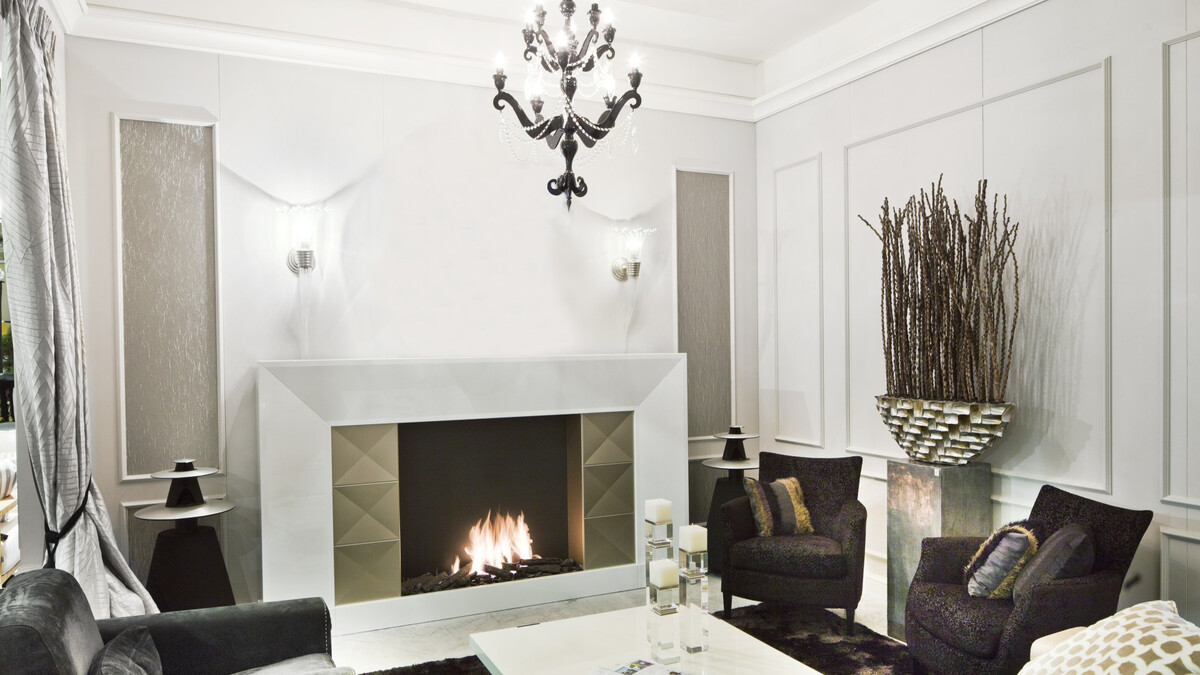

Articles
What Is A Direct Vent Fireplace
Modified: January 8, 2024
Learn more about direct vent fireplaces and how they can enhance your home's ambiance and heating efficiency. Read our informative articles on this popular heating option.
(Many of the links in this article redirect to a specific reviewed product. Your purchase of these products through affiliate links helps to generate commission for Storables.com, at no extra cost. Learn more)
Introduction
A direct vent fireplace is a popular and efficient heating option for many homeowners. It offers the warmth and ambiance of a traditional fireplace without the hassle and mess associated with a wood-burning fireplace. With advanced technology and sleek design, direct vent fireplaces have become a stylish and functional addition to any home.
But what exactly is a direct vent fireplace? How does it work? And what are the benefits of having one in your home? In this article, we will explore the answers to these questions and more, providing you with all the information you need to decide if a direct vent fireplace is the right choice for you.
Key Takeaways:
- Direct vent fireplaces offer energy-efficient, safe, and stylish heating options for homes. With versatile installation, low maintenance, and improved indoor air quality, they provide warmth and ambiance without the hassle of traditional fireplaces.
- Consider factors such as heating needs, style, venting system, fuel source, efficiency, safety, and budget when choosing a direct vent fireplace. Proper maintenance and care can ensure long-term enjoyment and comfort while maximizing energy efficiency.
Read more: How To Install Direct Vent Gas Fireplace
How Does a Direct Vent Fireplace Work?
A direct vent fireplace operates by drawing the air needed for combustion from the outside and expelling the combustion byproducts, such as carbon dioxide and water vapor, back outside. Unlike a traditional fireplace that relies on an open chimney, a direct vent fireplace is a sealed unit that uses a coaxial venting system.
The venting system consists of two pipes, one inside the other. The inner pipe draws in fresh air from the outside, while the outer pipe exhausts the combustion gases. This setup ensures that there is no exchange of air between the fireplace and the room, making it highly energy-efficient and safe.
The key component of a direct vent fireplace is its glass panel front. This not only provides a stunning view of the flames but also acts as a barrier between the firebox and the room. It seals off the combustion chamber, preventing any drafts and ensuring that the air inside the room remains clean and unaffected by the combustion process.
Inside the firebox, the direct vent fireplace utilizes a sealed combustion system. This system pulls in air from the outside, which is then mixed with fuel – either natural gas or propane – in a controlled manner. The mixture is ignited by a pilot light or electronic ignition, creating a beautiful, controlled flame.
As the fuel burns, the heat generated is distributed through a fan or natural convection, warming up the surrounding space. The exhaust gases, including carbon dioxide and water vapor, are directed outside through the outer pipe of the venting system.
Overall, the design of a direct vent fireplace ensures that no indoor air is used for the combustion process, resulting in minimal heat loss and increased energy efficiency. This makes it an eco-friendly choice for heating and an excellent alternative to traditional fireplaces or other heating options.
Benefits of a Direct Vent Fireplace
A direct vent fireplace offers numerous advantages for homeowners seeking both a heating source and an aesthetically pleasing focal point in their homes. Let’s explore some of the key benefits:
1. Energy Efficiency:
Direct vent fireplaces are designed to be highly efficient, as they do not rely on indoor air for combustion. This means that there is no loss of heated indoor air, resulting in better energy conservation and reduced heating costs.
2. Venting Options:
Unlike traditional fireplaces, direct vent fireplaces offer versatile venting options. They can be vented vertically through the roof or horizontally through an exterior wall. This flexibility allows for easier installation in various areas of your home.
Read more: What Is A Direct Vent Water Heater
3. Safety:
Direct vent fireplaces are sealed units with a glass panel, making them safe and well-contained. Since there is no open flame or exposed combustion process, there is a significantly reduced risk of accidental fires and carbon monoxide leaks.
4. Improved Indoor Air Quality:
With a direct vent fireplace, the air inside your home remains clean and unaffected by the combustion process. The sealed design prevents the release of smoke, soot, and other harmful particles into your living space, ensuring better indoor air quality.
5. Versatile Installation:
Direct vent fireplaces come in various sizes and styles, allowing you to find the perfect fit for any room. Whether you want to install one in your living room, bedroom, or even a bathroom, there are options available to suit your needs.
6. Easy Operation:
Operating a direct vent fireplace is convenient and user-friendly. Most models can be controlled by a simple switch or remote control, allowing you to adjust the flame height and heat output with ease.
Read more: How To Vent A Gas Fireplace
7. Added Home Value:
A direct vent fireplace can enhance the value of your home. Its stylish design and efficient heating capabilities are appealing to potential buyers and can make your property stand out in the real estate market.
With these benefits, it’s clear why direct vent fireplaces are gaining popularity among homeowners. They offer a combination of warmth, beauty, and efficiency that makes them a desirable choice for anyone looking to upgrade their home’s heating system.
Types of Direct Vent Fireplaces
When it comes to direct vent fireplaces, there are several types to choose from, each offering its own unique features and design options. Let’s explore some of the most common types of direct vent fireplaces:
1. Gas Insert Fireplaces:
Gas insert fireplaces are designed to be installed into existing masonry or prefab fireplaces. They provide a convenient and efficient way to convert your wood-burning fireplace into a clean-burning and low-maintenance gas fireplace. Gas insert fireplaces are available in a variety of sizes and styles, allowing you to find one that suits your home’s décor.
2. Freestanding Gas Fireplaces:
Freestanding gas fireplaces are stand-alone units that can be installed anywhere in your home. They offer a great deal of flexibility in terms of installation and placement, as they do not require a traditional fireplace structure. Freestanding gas fireplaces are available in a range of sizes and styles, including traditional and modern designs.
Read more: What Is A Direct Burglar Alarm?
3. Built-in Gas Fireplaces:
Built-in gas fireplaces are designed to be permanently installed into a wall or a specially constructed fireplace surround. These fireplaces provide a seamless and custom look, blending in with the overall design of your home. Built-in gas fireplaces come in various sizes and configurations, allowing you to create a focal point that suits your specific taste.
4. Linear Gas Fireplaces:
Linear gas fireplaces are characterized by their long, rectangular shape and sleek design. They offer a contemporary and minimalist look that complements modern interior styles. Linear gas fireplaces can be installed as a built-in unit or a wall-mounted unit, making them a versatile choice.
5. Two-Sided or See-Through Gas Fireplaces:
Two-sided or see-through gas fireplaces are designed to be viewed from two different sides, allowing you to enjoy the ambiance and warmth from multiple rooms. These fireplaces are ideal for open floor plans or rooms where you want to create a divide while still enjoying the beauty of the flames.
Whether you prefer the traditional charm of a gas insert fireplace or the modern elegance of a linear fireplace, there is a direct vent fireplace type to suit every homeowner’s preference and style.
Installation Process for a Direct Vent Fireplace
Installing a direct vent fireplace requires careful planning and adherence to safety guidelines. While it is recommended to hire a professional for the installation process, understanding the basic steps can provide insight into what to expect. Here is an overview of the installation process for a direct vent fireplace:
Read more: What Is Direct Sowing Of Seeds
1. Choose the Right Location:
Selecting the appropriate location for your direct vent fireplace is crucial. Consider factors such as proper ventilation, available wall or floor space, and the proximity to gas and electrical connections. Ensure that the chosen location complies with local building codes and regulations.
2. Prepare the Opening:
Measure the dimensions required for the fireplace opening and prepare the area accordingly. This may involve framing the wall or constructing a hearth, depending on the type of direct vent fireplace you have chosen. Ensure that the opening is level and properly supported.
3. Install the Venting System:
The venting system comprises the inner and outer pipes that will carry fresh air in and exhaust gases out. Follow the manufacturer’s instructions for installing the venting system, ensuring that it is securely fastened and sealed to prevent any leaks. The venting system must be properly aligned and directed outside through an exterior wall or vertical chimney.
4. Connect the Gas and Electrical Supply:
If your direct vent fireplace operates on natural gas or propane, you will need to connect it to the appropriate gas supply. Hire a licensed professional to handle the gas line installation and connection. Additionally, ensure that there is an electrical outlet nearby for the fireplace’s ignition system and any optional features.
Read more: How Does A Vent Free Fireplace Work
5. Secure the Fireplace in Place:
Position the direct vent fireplace into the prepared opening, following the manufacturer’s instructions for securing it in place. Use mounting brackets or screws to ensure stability and prevent any movement. Check that the fireplace is level and flush with the surrounding wall or hearth.
6. Test and Inspect:
Once the installation is complete, conduct a thorough inspection of the fireplace and venting system. Test the ignition, flame, and fan functions to ensure they are working properly. Confirm that there are no gas or air leaks within the system. It is recommended to have a professional inspector verify the installation and ensure its compliance with safety standards.
7. Finishing Touches:
Complete the installation by adding any finishing touches, such as installing a surround, mantel, or decorative accessories. These elements can enhance the visual appeal and overall aesthetic of your direct vent fireplace.
Remember, the installation process may vary depending on the specific model and manufacturer’s instructions. To ensure a safe and successful installation, it is recommended to consult with a qualified professional or follow the guidance provided by the manufacturer.
Maintenance and Care for a Direct Vent Fireplace
Proper maintenance and care for your direct vent fireplace are essential to ensure its efficient operation, longevity, and safety. Regular maintenance will also help preserve the aesthetics and performance of your fireplace. Here are some important maintenance and care tips to keep in mind:
Read more: What Is A Wi-Fi Direct Printer
1. Clean the Glass Panel:
Regularly clean the glass panel of your direct vent fireplace to remove any soot, stains, or residue. Use a suitable glass cleaner and a soft cloth to gently wipe down the surface. Avoid using harsh abrasives or scrub brushes that could scratch or damage the glass.
2. Check and Clean the Venting System:
Inspect the venting system periodically to ensure it is free from any debris or obstructions. Check for any signs of corrosion or damage and address any issues promptly. Hire a professional chimney sweep to clean the venting system as needed to maintain proper airflow and efficient operation.
3. Clean the Firebox and Surrounding Area:
Regularly remove any ashes, debris, or dust from the firebox and surrounding area. Use a brush or vacuum designed for fireplace use to ensure thorough cleaning. Pay attention to the vents and air circulation openings to prevent blockages that could affect the efficiency of the fireplace.
4. Check the Ignition System:
Inspect the ignition system of your direct vent fireplace to make sure it is functioning properly. Test the ignition switch or remote control to ensure consistent and reliable operation. If you encounter any issues, contact a qualified technician for assistance.
5. Maintain the Pilot Light or Electronic Ignition:
If your direct vent fireplace has a pilot light, ensure it is lit and burning steadily. If you have an electronic ignition system, ensure that it is in good working condition. Follow the manufacturer’s instructions for relighting the pilot light or troubleshooting any ignition issues.
6. Have Regular Professional Inspections:
Schedule annual inspections and maintenance by a qualified professional. They can thoroughly inspect the components of your direct vent fireplace, identify any potential issues, and perform necessary repairs or adjustments. A professional inspection will ensure the safe and efficient operation of your fireplace.
7. Follow Manufacturer’s Guidelines:
Always refer to the manufacturer’s guidelines and recommendations for specific maintenance instructions and intervals. Different direct vent fireplace models may have slightly different maintenance requirements, so it is important to follow the guidelines provided by the manufacturer.
By following these maintenance and care tips, you can enjoy a clean and efficient direct vent fireplace that provides you with warmth and ambiance for years to come.
Cost of Direct Vent Fireplaces
The cost of a direct vent fireplace can vary depending on several factors, including the type of fireplace, size, features, and installation requirements. It is important to consider both the upfront costs and the long-term operating costs when budgeting for a direct vent fireplace. Here are some key factors to consider:
Read more: What Direction Does A Thermostat Go In
1. Purchase Price:
The price of a direct vent fireplace can range from a few hundred dollars for a basic model to several thousand dollars for a high-end, customized unit. The cost will depend on factors such as the brand, design, and features you choose.
2. Installation Costs:
Professional installation is recommended for direct vent fireplaces to ensure proper venting, safety compliance, and optimal performance. The cost of installation may vary depending on factors such as the complexity of the installation, local labor rates, and additional materials required.
3. Venting System:
The venting system is an essential component of a direct vent fireplace and may need to be purchased separately. The cost of the venting system will depend on its length, materials, and any additional accessories or components required for installation.
4. Fuel Source:
The cost of fuel for a direct vent fireplace will depend on the type of fuel used. Natural gas tends to be more affordable compared to propane. It is important to consider the availability and cost of the chosen fuel source in your area when factoring in the long-term operating costs.
Read more: What Is Wi-Fi Direct On A HP Printer
5. Maintenance and Repairs:
While direct vent fireplaces generally require less maintenance compared to traditional fireplaces, there will still be some recurring costs for routine maintenance, such as cleaning the glass panel and servicing the ignition system. It is recommended to allocate a budget for regular maintenance and potential repairs.
6. Energy Efficiency:
Direct vent fireplaces are known for their energy efficiency, which can result in lower heating costs compared to other heating options. The increased efficiency can contribute to long-term savings on your energy bills.
7. Additional Features and Accessories:
Consider any additional features or accessories you may want for your direct vent fireplace, such as remote control operation, decorative logs, or blowers for enhanced heat distribution. These optional features may come at an additional cost but can enhance the functionality and aesthetics of your fireplace.
When budgeting for a direct vent fireplace, it is essential to consider both the initial costs and the long-term expenses. Researching different brands, comparing prices, and consulting with professionals can help you make an informed decision and find a direct vent fireplace that fits your budget and heating needs.
Factors to Consider Before Buying a Direct Vent Fireplace
Investing in a direct vent fireplace is an excellent decision that can enhance your home’s comfort, ambiance, and energy efficiency. However, before making a purchase, there are several factors you should consider to ensure that you select the right direct vent fireplace for your needs. Here are some key factors to keep in mind:
Read more: What Direction Does A Fan Go In The Summer
1. Heating Needs:
Consider your specific heating needs and the size of the space you want to heat. Direct vent fireplaces come in different sizes and heating capacities, so choose one that is appropriate for the square footage and insulation of the room or area you intend to heat.
2. Style and Design:
Direct vent fireplaces come in a variety of styles and designs, ranging from traditional to contemporary. Consider the overall aesthetics of your home and choose a style that complements your existing decor and personal taste. The design should enhance the visual appeal of the room and become a focal point in the space.
3. Venting System:
Understand the venting requirements of the direct vent fireplace you are considering. Determine whether a vertical or horizontal venting system is more suitable for your home’s layout and available space. Consider the installation process and any potential obstacles that may affect the venting process.
4. Fuel Source:
Decide on the fuel source for your direct vent fireplace. Natural gas and propane are the most common options. Consider the availability and cost of the chosen fuel source in your area. Additionally, think about the convenience of obtaining and storing the fuel.
Read more: What Is Gable Vent?
5. Efficiency and Energy Savings:
Look for direct vent fireplaces with high energy efficiency ratings. Energy-efficient models will not only reduce your heating costs but also have a smaller environmental impact. Check for ENERGY STAR® certification or other efficiency labels to ensure you are getting a fireplace that meets industry standards.
6. Safety Features:
Ensure that the direct vent fireplace you choose comes with essential safety features, such as a protective glass panel, automatic shut-off in case of overheating, and a carbon monoxide detector. These features will provide peace of mind and protect your home and family.
7. Budget:
Determine your budget for purchasing and installing a direct vent fireplace. Consider not only the initial cost but also additional expenses such as installation, venting system, maintenance, and fuel. Balance your budget with the features and performance you desire to find the best value for your investment.
By carefully considering these factors, you can make an informed decision when purchasing a direct vent fireplace that meets your heating needs, complements your home’s design, and provides long-term comfort and efficiency.
Conclusion
A direct vent fireplace is a wonderful addition to any home, providing both warmth and ambiance while offering numerous benefits. From its energy efficiency and safety features to its versatile installation options and stylish designs, a direct vent fireplace can enhance the comfort and aesthetics of your living space.
By understanding how a direct vent fireplace works and considering key factors such as heating needs, style, venting system, fuel source, efficiency, safety, and budget, you can make an informed decision when choosing the right direct vent fireplace for your home.
Maintaining and caring for your direct vent fireplace is essential to ensure its continued performance and safety. Regular cleaning of the glass panel, inspection and cleaning of the venting system, and professional maintenance and inspections will help maximize the lifespan and efficiency of your fireplace.
While the cost of a direct vent fireplace includes both the purchase price and installation expenses, it is important to consider the long-term savings on heating costs and the added value it brings to your home. With proper maintenance and care, a direct vent fireplace can offer years of enjoyment and comfort.
In conclusion, a direct vent fireplace offers a practical and aesthetically pleasing heating solution for your home. With its efficient operation, customizable design, and safety features, it is an excellent investment that can enhance the ambiance, comfort, and value of your home for years to come.
Frequently Asked Questions about What Is A Direct Vent Fireplace
Was this page helpful?
At Storables.com, we guarantee accurate and reliable information. Our content, validated by Expert Board Contributors, is crafted following stringent Editorial Policies. We're committed to providing you with well-researched, expert-backed insights for all your informational needs.
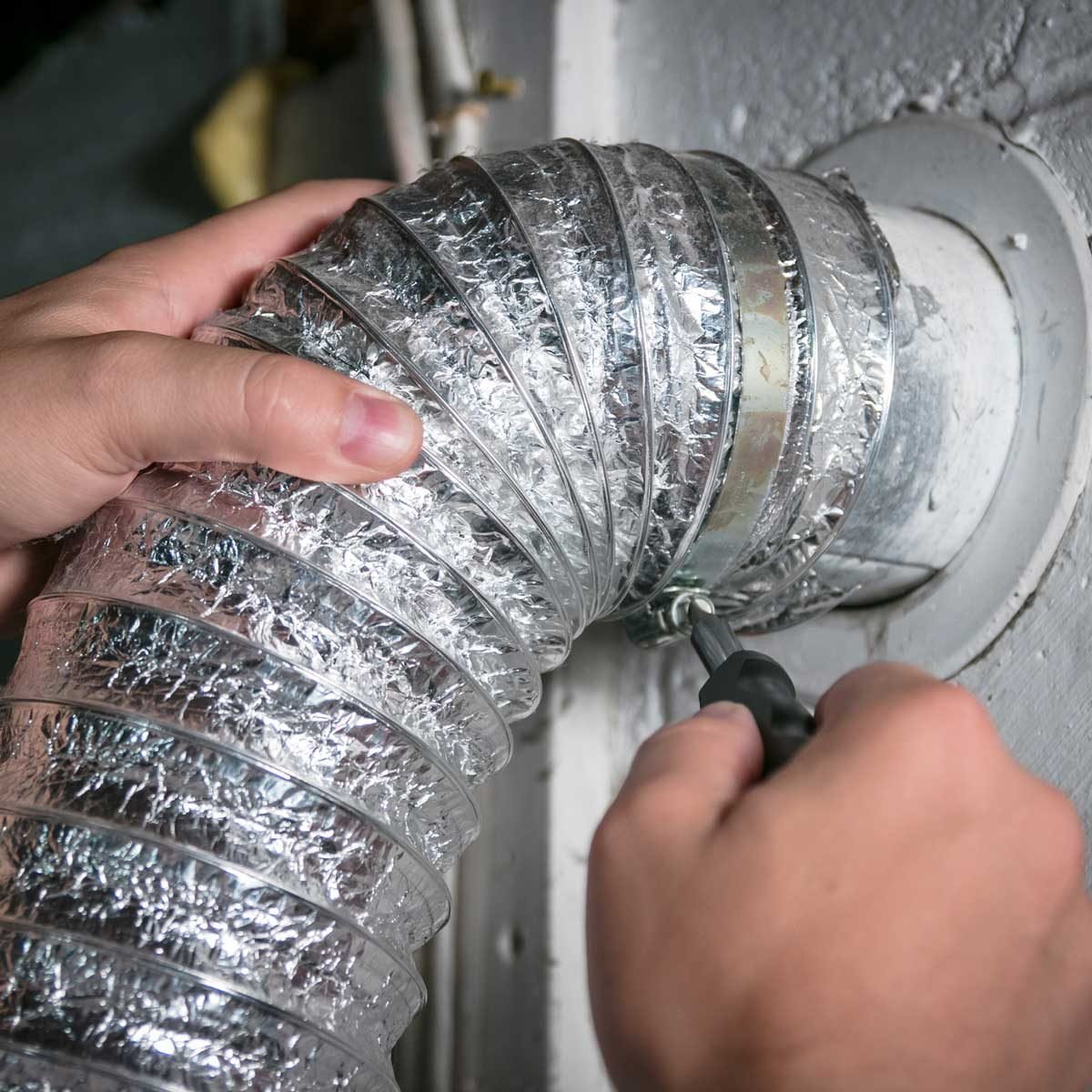
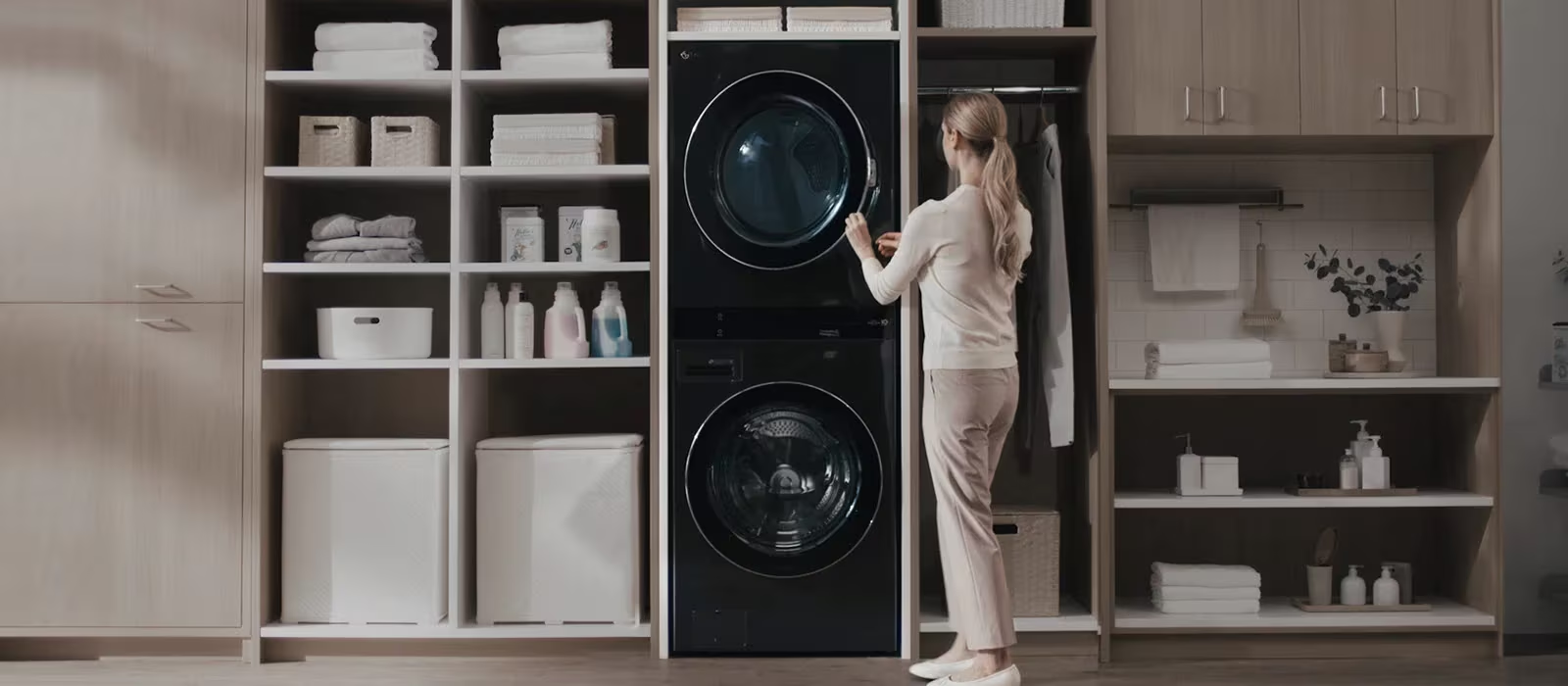
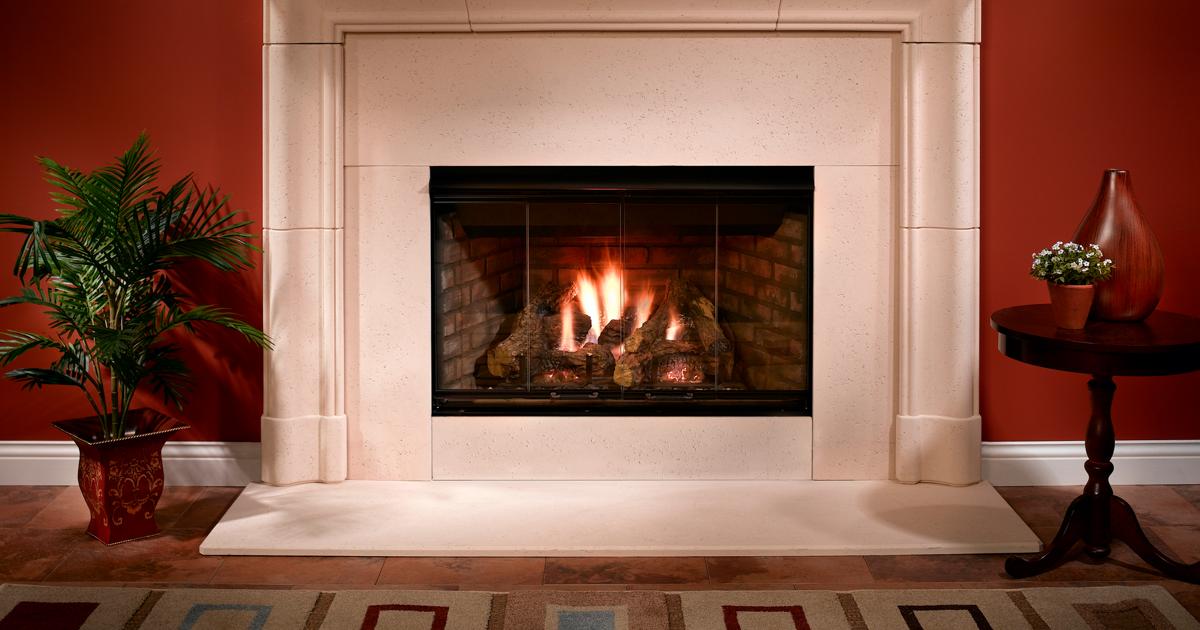
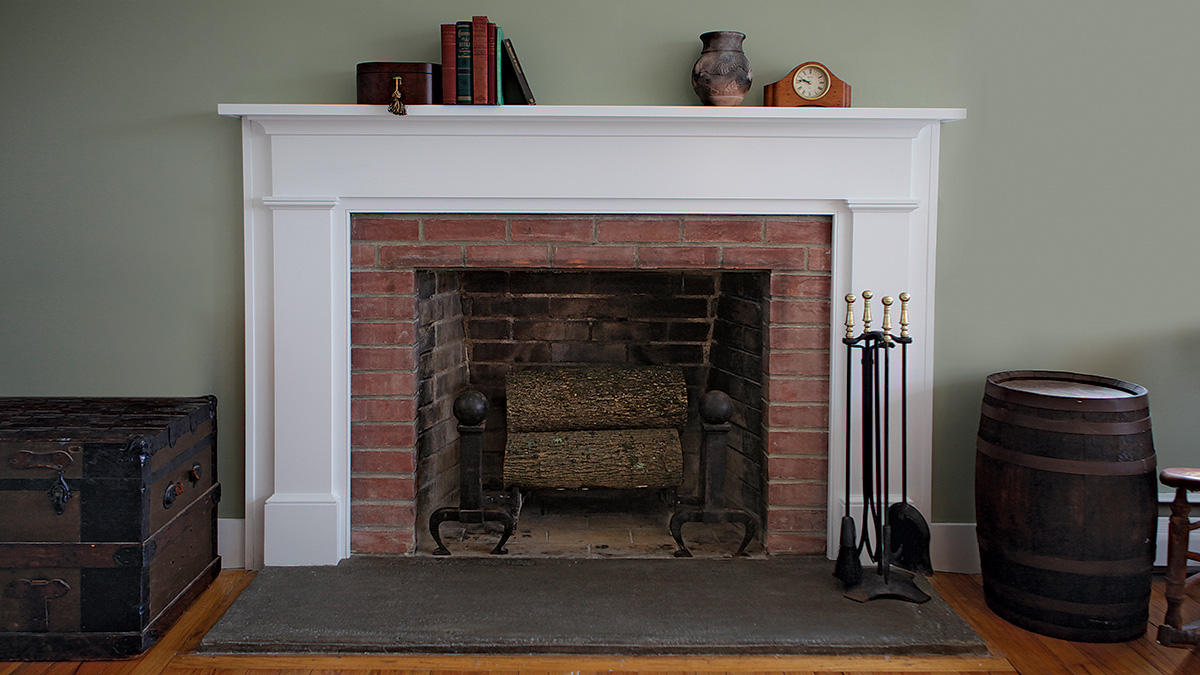

0 thoughts on “What Is A Direct Vent Fireplace”